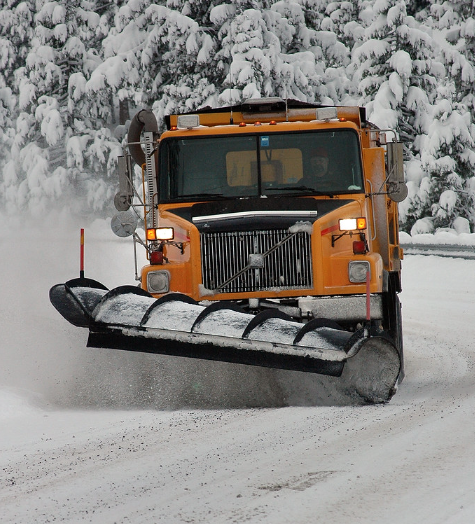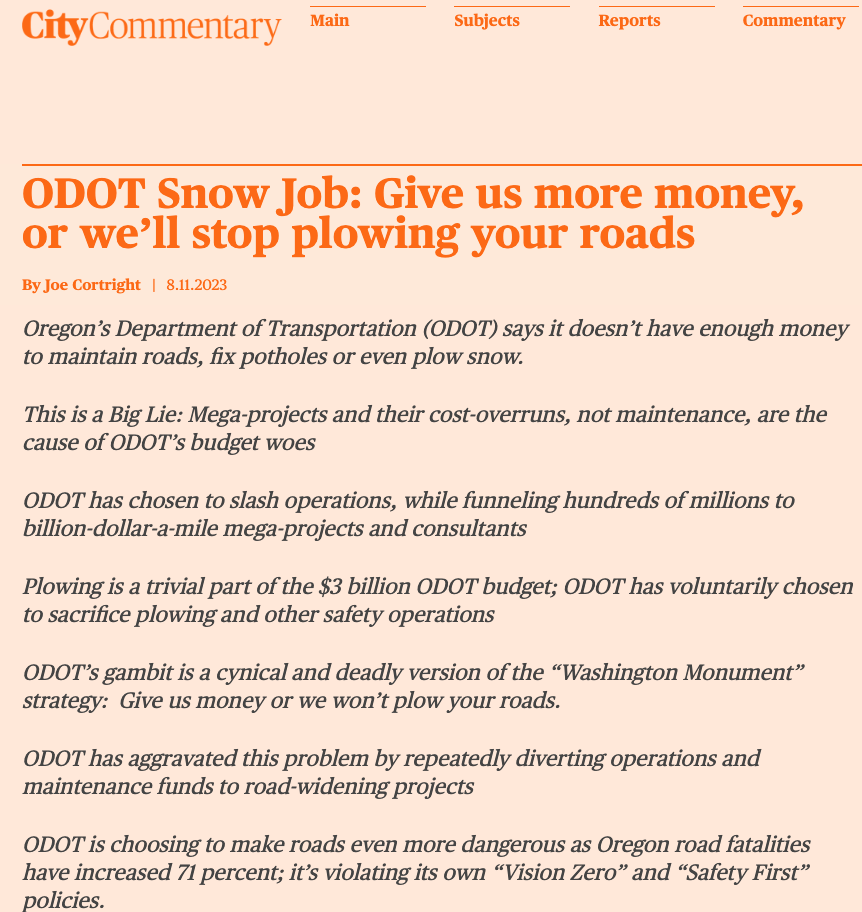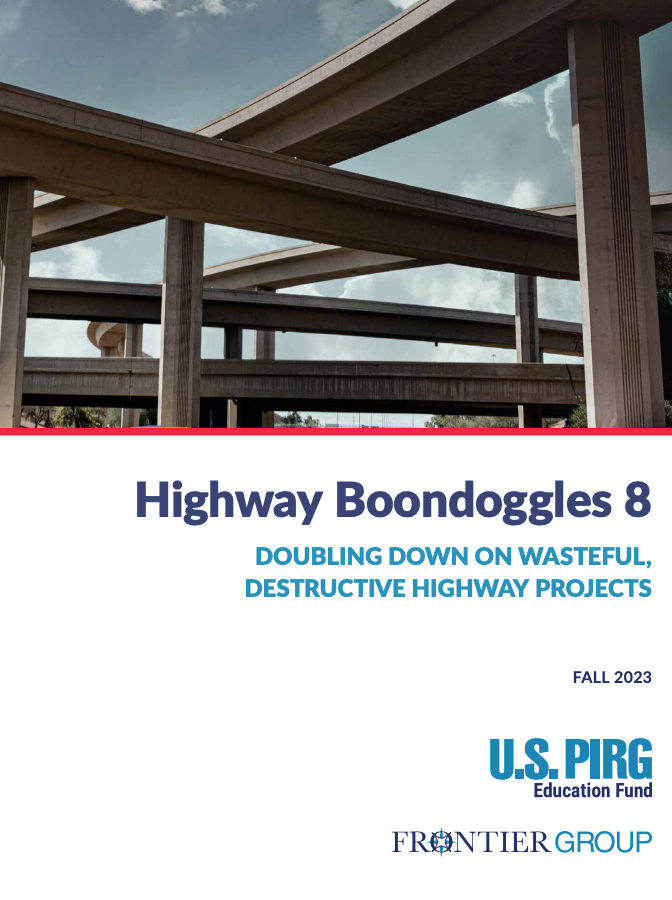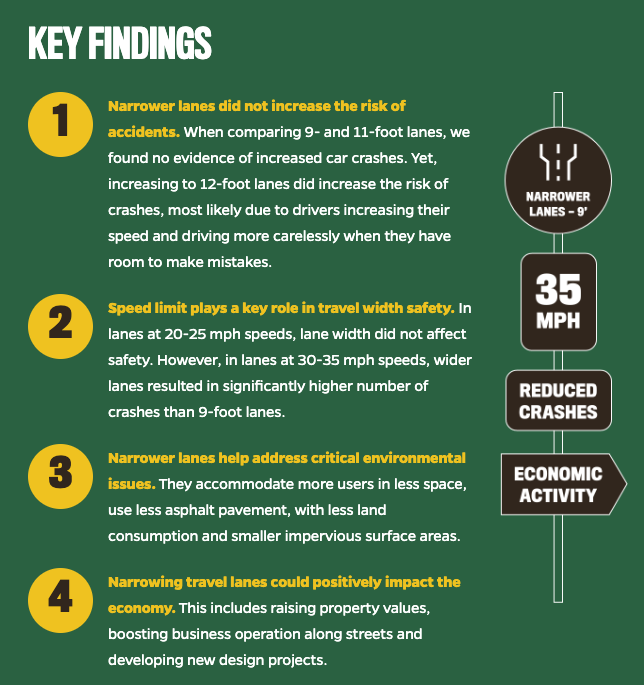What City Observatory did this week
Snow-Job: Oregon Department of Transportation (ODOT) threatens to slash snow-plowing and other safety maintenance unless it is given more money, while spending billions on a handful of Portland area freeway widening projects. ODOT claims it’s too broke to plow state roads this winter, with the not-at-all-subtle message that people need to give ODOT more money. The agency’s PR has generated headlines like:
“ODOT says highways ‘may not be safe’ this winter due to budget cut”
Scary stuff, to be sure.
But ODOT’s budget claims are a Big Lie: ODOT’s revenues are up, not down And a handful of costly billion-dollar a mile Portland highway projects are the real hole in the agency’s budget. ODOT’s real budget problem—the one it never mentions in press releases— is $10 billion worth of highway widening mega projects. Three Portland area expansions—the $7.5 billion I-5 bridge replacement, the $1.9 billion Rose Quarter widening and the $600 million I-205 Abernethy Bridge, are the real source of budget stress. Not only is ODOT not cutting spending for these projects, which include hundreds of millions in spending on consultants, each of these projects has experienced 50 percent or more cost overruns in the past two years.
ODOT’s threat to slash spending on basic safety measures—like plowing snow and regularly repainting fog-lines on rural roads—is a cynical bureaucratic ploy to get more money at a time when deaths on Oregon roads are up 71 percent in the past decade.
Must Read
Portland’s Interstate Bridge Replacement project is the nation’s most expensive highway boondoggle. US Public INterest Research Group has released its latest annual report cataloging the nation’s highway boondoggles. They highlight the Interstate Bridge project has one of the worst.
Interstate Bridge Replacement, Oregon and Washington: Cost: $5 billion to $7.5 billion. Under the pretext of a simple bridge replacement, an expensive and oversized highway expansion threatens to worsen congestion in Portland and nearby Vancouver, Wash.
The report shows how excessive spending on highway expansions have not only failed to reduce traffic congestion and travel times, but have actually made our transportation and environmental problems worse. The report concludes:
Highway expansion harms our health and the environment, doesn’t solve congestion, and creates a lasting financial burden for the public. Expanding a highway sets off a chain reaction of societal decisions that ultimately leads to the highway becoming congested again – often in only a short time. Since 1980, the U.S. has added well over 870,000 lane-miles of highway – paving more than 1,648 square miles, an area larger than the state of Rhode Island – and yet, prior to the COVID-19 pandemic, congestion on America’s roads was worse than it was in the early 1980s.
Jeanie Ward-Waller, former Deputy Director of CalTrans, is interviewed by KBPS “Freeway Exit” host Andrew Bowen. Ward-Waller was fired from her job for calling out violations of environmental and spending laws for freeway widening projects. She’s filed a whistle-blower complaint against CalTrans. You can learn much more about what’s going on, and the entrenched obstacles and obstinate engineering culture that dominates an agency that still views its mission as building more and bigger roads, forever. As Ward-Waller says, CalTrans was created to build roads, and is driven by “a mindless impulse to add more freeway lanes.”
Ward-Waller describes how she crashed into a “green ceiling” at the agency, and was dismissed for asking hard questions about why agency officials weren’t following their own adopted policies and state laws that aim to reduce driving as an essential part of the state’s climate strategy. In addition to Ward-Waller’s detailed insider account, you’ll also appreciate the insightful questions and comments from her interlocutor, KBPS reporter Andrew Bowen, whose multi-episode Freeway Exit series is a “must listen” for anyone interested in transportation policy.
New Knowledge
Narrower lanes produce safer streets. A very detailed new study looks at the effect of lane widths on crash rates on city streets. For decades, highway departments have assumed that wider lanes are somehow safer, largely because they give drivers a better field of vision and more room for error (before they hit someone or something outside their lane). The trouble, of course, is that these features of wide lanes prompt people to drive faster, which both increases the probability and severity of crashes. This study demonstrates, conclusively, that narrower lanes are better for safety–they prompt drivers to be more careful, speed less and take fewer risks.
The study looked crash rates at more than 1,100 street segments in seven cities. Importantly, it controlled for a number of other contextual variables that are likely to influence crash rates. One of the most important takeaways is that narrow lanes–nine foot lanes–have the effect of reducing driver speeds and incidence of crashes on roads in the 30-35 mile per hour category.
. . . street sections with 10-foot, 11-foot, and 12-foot lanes have significantly higher numbers of non-intersection crashes than their counterparts with 9-foot lanes in the speed class of 30—35 mph. • In other words, in the speed class of 30—35 mph, wider lanes not only are not safer, but exhibit significantly higher numbers of crashes than 9-foot lanes, after controlling for geometric and cross-sectional street design characteristics of street sections.
A portion of the study consisted of a survey of highway engineers to better understand their actual practice in reducing lane widths. The the standard practice is weighted toward wider lanes, typically as much as 12 feet, and that consideration of narrower lanes requires a separate “design exception.” This hurdle means few states actually implement narrower lanes, even if their policies endorse the ideas of “complete streets” and “context sensitive design” which would encourage departures from a rigid engineering standard. The report concludes:
Although in theory there has been a significant departure from conventional lane width design standards to promote flexibility in highway design, in practice we are far from implementation of the context-sensitive design solutions by most state DOTs. The design exception for lane width reduction projects seems to be a rare event in most state DOTs that participated in our survey.
This study is important scientific evidence for community activists looking for immediate steps they can take to lower traffic crashes, deaths and injuries. Narrowing the lanes on city streets helps slow traffic, induce greater driver caution, and measurably improve safety. Outdated claims that best engineering practice requires wider roadways needs to give way to this new knowledge.
Shima Hamidi and Reid Ewing. A National Investigation of the Impacts of Lane Width on Traffic Safety: Narrowing Travel Lanes as an Opportunity to Promote Biking and Pedestrian Facilities Within the Existing Roadway Infrastructure, November 2023, Johns Hopkins University.
In the News
Willamette Week quoted City Observatory director Joe Cortright in its story examining the slow and troubled roll-out of a voter-approved pre-K education program in Portland.






